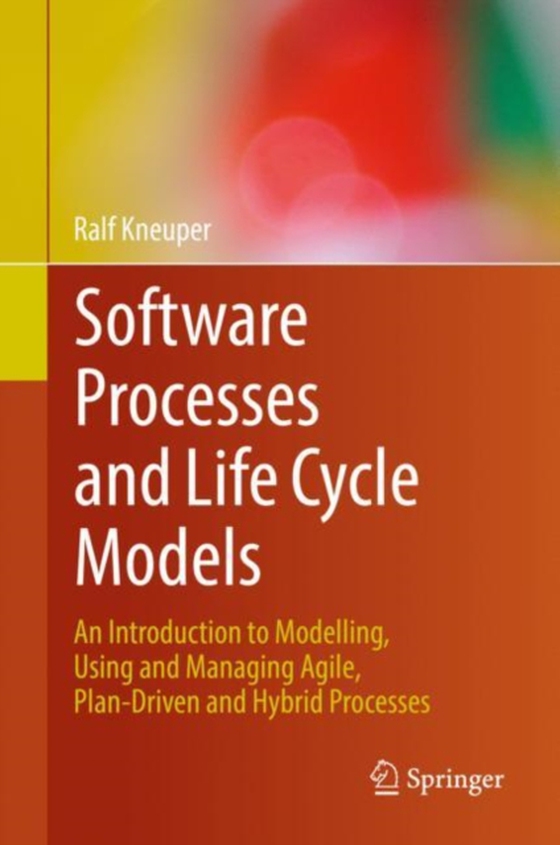
Software Processes and Life Cycle Models e-bog
436,85 DKK
(inkl. moms 546,06 DKK)
This book provides a comprehensive overview of the field of software processes, covering in particular the following essential topics: software process modelling, software process and lifecycle models, software process management, deployment and governance, and software process improvement (including assessment and measurement). It does not propose any new processes or methods; rather, it intro...
E-bog
436,85 DKK
Forlag
Springer
Udgivet
24 august 2018
Genrer
KJQ
Sprog
English
Format
pdf
Beskyttelse
LCP
ISBN
9783319988450
This book provides a comprehensive overview of the field of software processes, covering in particular the following essential topics: software process modelling, software process and lifecycle models, software process management, deployment and governance, and software process improvement (including assessment and measurement). It does not propose any new processes or methods; rather, it introduces students and software engineers to software processes and life cycle models, covering the different types ranging from "e;classical"e;, plan-driven via hybrid to agile approaches.The book is structured as follows: In chapter 1, the fundamentals of the topic are introduced: the basic concepts, a historical overview, and the terminology used. Next, chapter 2 covers the various approaches to modelling software processes and lifecycle models, before chapter 3 discusses the contents of these models, addressing plan-driven, agile and hybrid approaches. The following three chapters address various aspects of using software processes and lifecycle models within organisations, and consider the management of these processes, their assessment and improvement, and the measurement of both software and software processes. Working with software processes normally involves various tools, which are the focus of chapter 7, before a look at current trends in software processes in chapter 8 rounds out the book.This book is mainly intended for graduate students and practicing professionals. It can be used as a textbook for courses and lectures, for self-study, and as a reference guide. When used as a textbook, it may support courses and lectures on software processes, or be used as complementary literature for more basic courses, such as introductory courses on software engineering or project management. To this end, it includes a wealth of examples and case studies, and each chapter is complemented by exercises that help readers gain a better command of the concepts discussed.
 Dansk
Dansk

